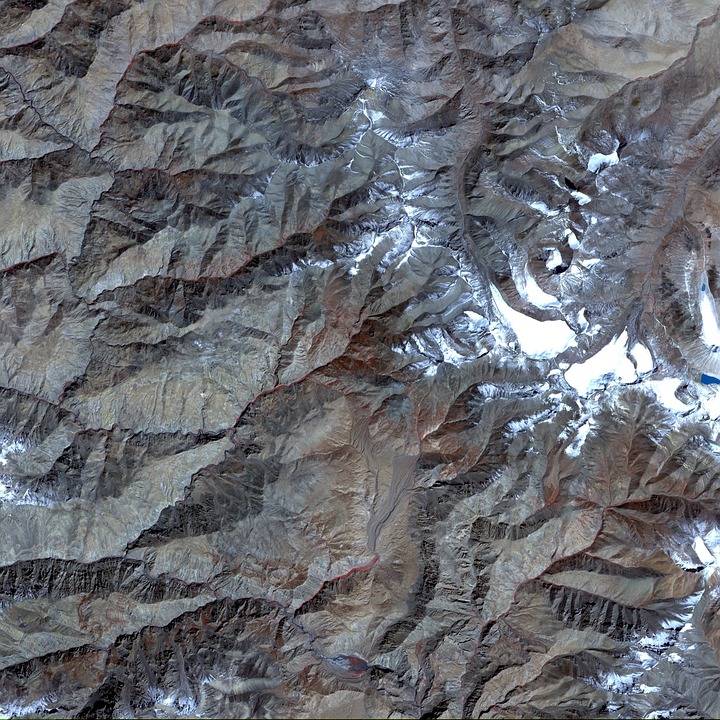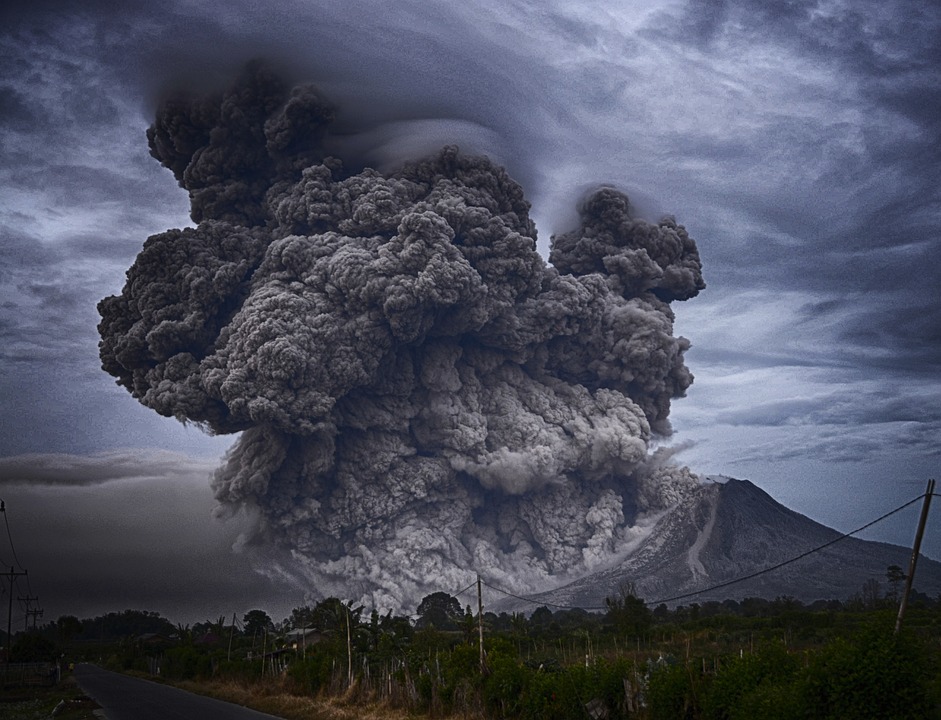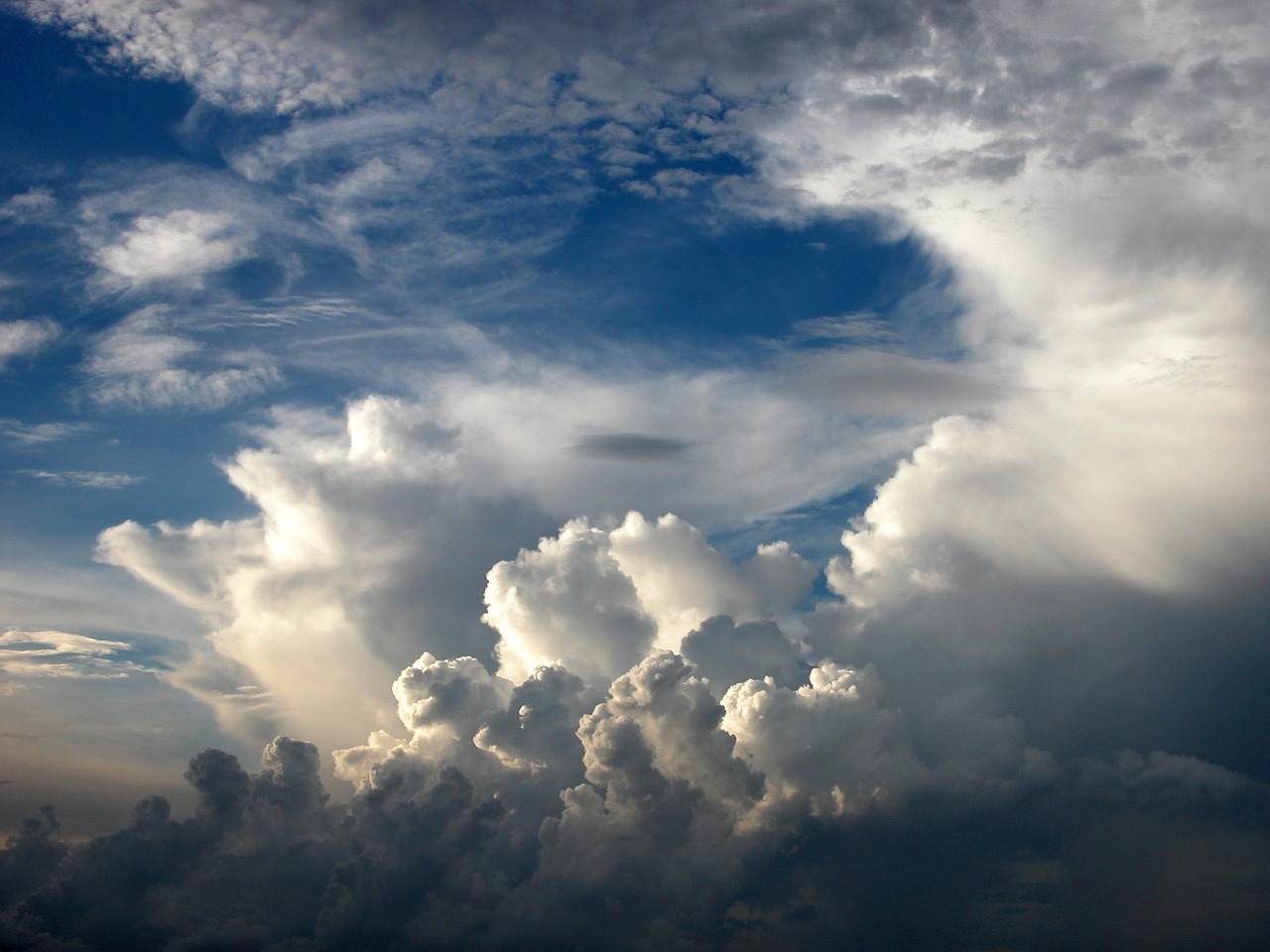Basic Satellite Course
Basic Satellite Course
Welcome to the Basic Satellite Course! This is an entry level course for anyone interested in satellite meteorology.
The aim of this course is to give an overview on the basics of satellite meteorology: image analysis i.e. the interpretation of patterns in satellite images that are related to various meteorological phenomena. The course is asynchronous, which means that you can take it at your own pace as all the lectures are pre-prepared.
Quizzes are made for you to check your level of understanding.
There are currently 3 modules available, each covering a specific satellite skill complying with WMO Guidelines on Satellite Skills and Knowledge for Operational Meteorologists.
SKILL 1: IDENTIFY SURFACE FEATURES

Learn how to:
- discriminate between land and areas of water like oceans, seas, lakes, rivers or inlets
- distinguish between natural and human modified areas
- identify vegetation free areas as well as how to identify different types of desert surface
- identify areas of drought and heatwaves
- identify hotspots
- recognize burnt areas
- recognize areas of flooding
- detect areas covered with snow, ice or cloudy areas
SKILL 2: IDENTIFY CLOUD TYPES AND THEIR CHARACTERISTICS

Identify:
- stratiform, cumuliform and cirriform cloud regions and individual cloud forms and their characteristic
- cumulonimbus and their characteristic
- fogs and discriminate between fog and low cloud
- contrails and ship trails
- deduce cloud top heights based on brightness temperatures, surface observations and sounding data
- clouds made of water droplets, ice particles or a mixture and discriminate between clouds with small or large cloud particles
SKILL 4: IDENTIFY AND INTERPRET ATMOSPHERIC PHENOMENA

Identify and locate:
- dust, sand storms, plumes and areas of raised dust
- fires and smoke
- moisture features, precipitation types and amounts
- volcanic ash particulates, Sulfur Dioxide (SO2) and other chemical emissions
- aerosol and particulate pollution
- features indicating regions of clear air turbulence
SKILL 5: INTERPRET DERIVED FIELDS AND DERIVED PRODUCTS

Correctly interpret and appropriately integrate:
cloud type and cloud top temperature
SKILL 6: IDENTIFY AND INTERPRET OCEANIC AND WATER FEATURE AND SYSTEMS

Correctly identify and interpret:
- sea surface wind data
